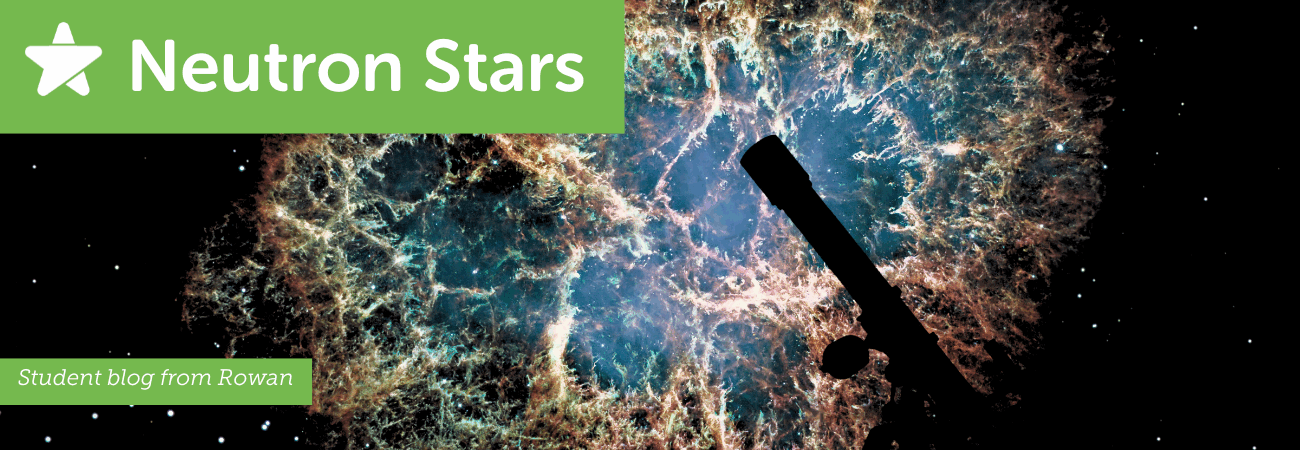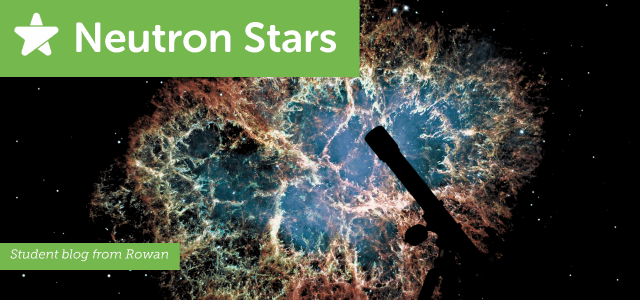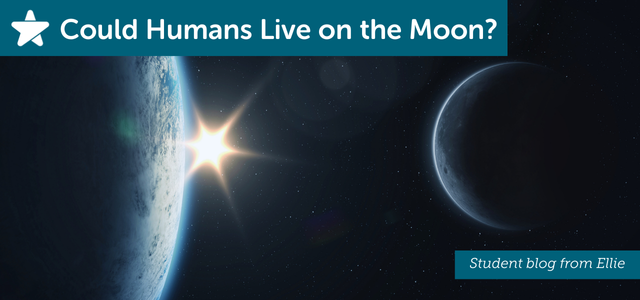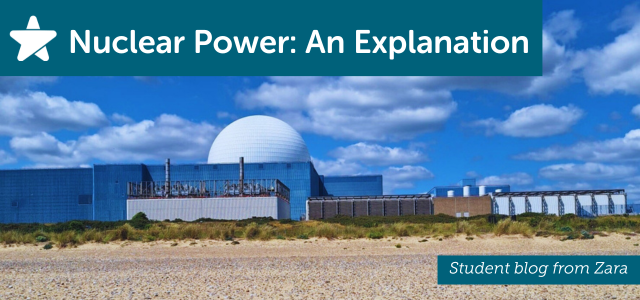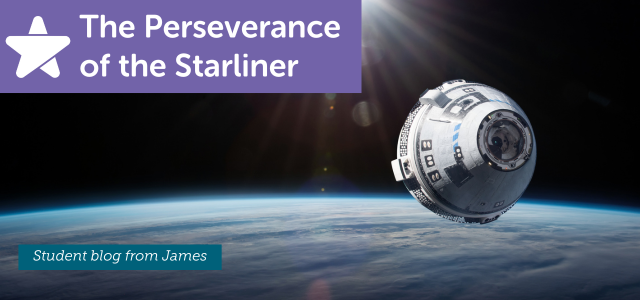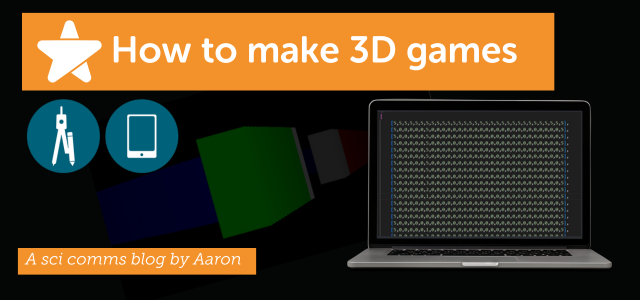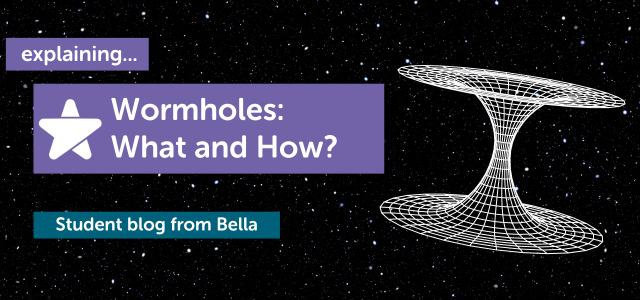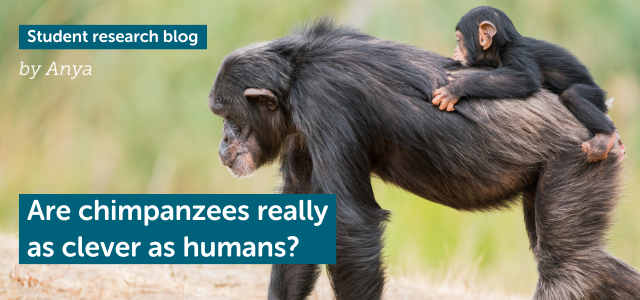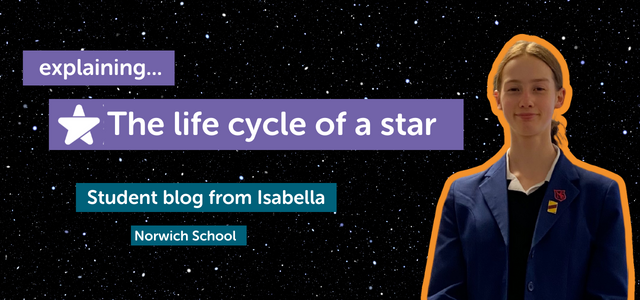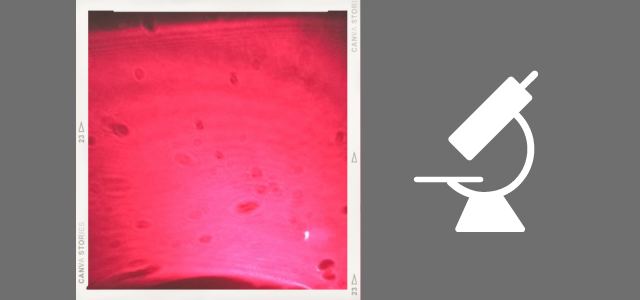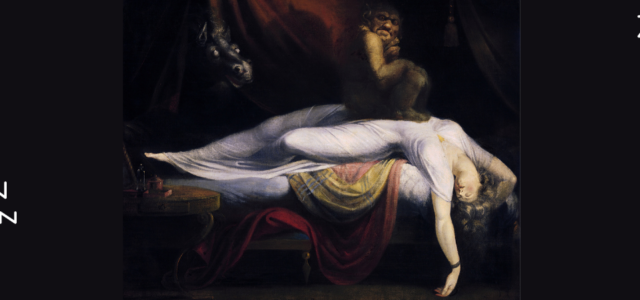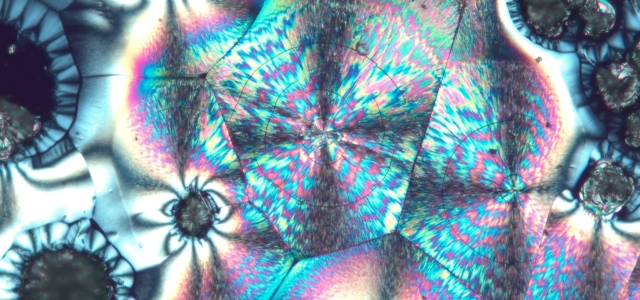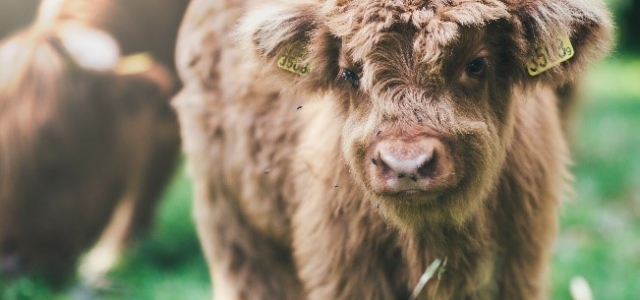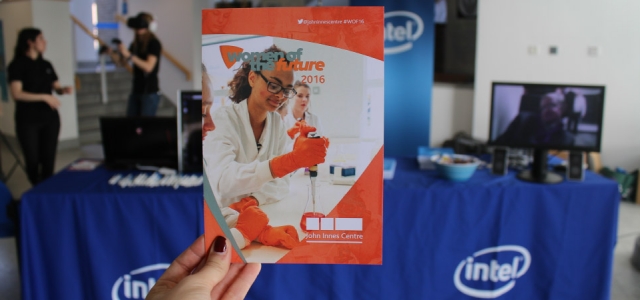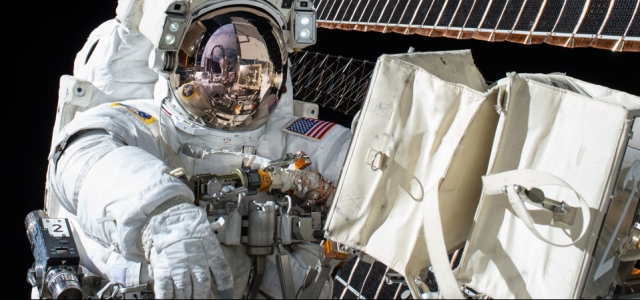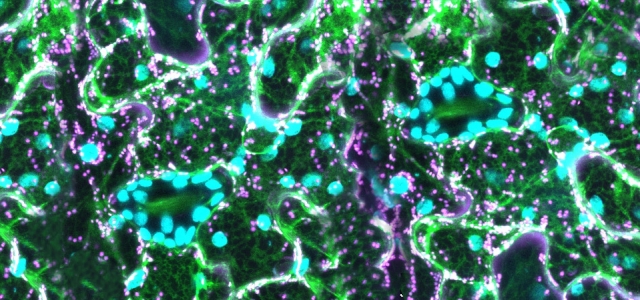Formed in the aftermath of a supernova, neutron stars are among the densest and most extreme objects in the universe. In his post, Rowan explores the fascinating physics behind these remnants – from their intense gravitational fields to the quantum mechanics that govern their structure. Read on to find out more.
One of the most extreme things in the universe that is not a black hole, neutron stars are so dense that a single teaspoon would have a mass greater than Mount Everest [1], enough to warp space time and bend light. These monsters are born from something truly spectacular, Supernovae. A supernova happens when a star runs out of hydrogen to burn in a process called nuclear fusion. All stars are kept alive by this process.
During nuclear fusion, hydrogen atoms merge to make helium, which in turn creates heavier elements such as carbon, nitrogen and oxygen. If the star is massive enough, it will continue this process until it forms iron. Iron cannot be used in nuclear fusion, and so when a star’s core becomes mostly iron, it is unable to continue this process as the star has no fuel to burn. When nuclear fusion can no longer take place, gravity “wins” the fight, and the star collapses into itself [2]. The intense gravitational pull causes the star to shrink to the size of a city (around 10 km in diameter) making the pressure so great that protons and electrons combine to form neutrons. It then blasts its outer layers away from the core in a supernova. In the most extreme cases, what is left is a black hole. Otherwise, it becomes a neutron star.
What is inside a Neutron Star?
In many ways, the internal layering of a neutron star is not too different from Earth. A neutron star has an atmosphere of helium, hydrogen, and fairly light elements. The outer crust has ions and electrons and superfluid neutrons in the outer core. It is still unclear what the inner core is made out of. Inside of the neutron star, the immense pressure is so great that protons and electrons are crushed together into a sea of mostly neutrons, which are packed even more densely than the nucleus of an atom [3].
Characteristics of a Neutron Star:
As the collapsing star implodes, its spin gets faster as a result of the conservation of angular momentum [4]. As it gets smaller, it has to spin faster and faster. This means neutron stars have a very fast spin and any nearby stars that it can feed off of might increase this rotation.
A neutron star also has strong magnetic fields (trillions of times the strength of Earth) [5]. This results in beams of radiation at the north and south poles.
Neutron stars have a mass of 1.3-3 solar masses, yet they have a radius of around 5-10km, the size of a large city [6]. The extreme gravity means that even the tallest ‘mountains’ on neutron stars are less than a millimetre in height [7].
The gravity on neutron stars is such that if you fell from a one metre height you would hit the ground in a nanosecond at a speed of 72 million km per hour [8].
Types of Neutron Stars
A pulsar is a neutron star that emits beams of electromagnetic radiation. This can only be observed if the beams are pointing towards Earth, as they spin the beams pass in our direction like a lighthouse, so we see a regular pulse of radiation [9]. The fastest pulsars can spin hundreds of rotations per second.
Magnetars are neutron stars that have extremely high magnetic fields. However, they are much less common than pulsars. Out of around 2000 neutron stars we have found, less than 100 of them are magnetars [10].
Binary Neutron Stars
Binary neutron star systems (where two neutron stars orbit each other) form when two stars in the same star system are both massive enough to implode in a supernova and become neutron stars. As the gravity pulls the two neutron stars together, the orbits decay. Eventually, the two neutron stars may collide, creating a kilonova [11].
What Happens When Neutron Stars Collide?
If two neutron stars collide, a huge explosion called a kilonova will occur. This would emit gamma ray bursts and gravitational waves. The outcome is a denser neutron star or even a black hole. Kilonovae are not as bright as supernovae but are still 1000 times brighter than a nova. Gravitational waves from such collisions were first observed in 2015 – though that event involved merging black holes [12].
References:
[1] https://science.nasa.gov/universe/neutron-stars-are-weird/
[2] https://www.youtube.com/watch?v=udFxKZRyQt4
[3] https://www.nasa.gov/universe/nasas-nicer-probes-the-squeezability-of-neutron-stars/
[4] https://www.energy.gov/science/doe-explainsneutron-stars
[5] https://imagine.gsfc.nasa.gov/science/objects/neutron_stars1.html
[6] https://imagine.gsfc.nasa.gov/science/objects/neutron_stars1.html
[7] https://ras.ac.uk/news-and-press/research-highlights/bugs-life-millimetre-tall-mountains-neutron-stars
[8] https://www.youtube.com/watch?v=ZW3aV7U-aik
[9] https://www.skyatnightmagazine.com/space-science/neutron-star
[10] https://www.astronomy.com/science/what-are-neutron-stars-the-cosmic-gold-mines-explained/
[11] https://www.space.com/22180-neutron-stars.html
[12] https://www.space.com/22180-neutron-stars.html

